Smartphone cameras will gradually replace DSLR cameras completely
Like everything else, people are starting to want their cameras to be compact, portable, and fit in a pocket.
With the advent of powerful compact mirrorless cameras and the next generation of advanced smartphone cameras, DSLRs are slowly disappearing. Soon they will be completely killed off.
Despite the controversy, it's clear that the future of DSLR cameras may not be for long. Here are some compelling reasons for this view.
Manufacturers no longer focus on DSLR cameras
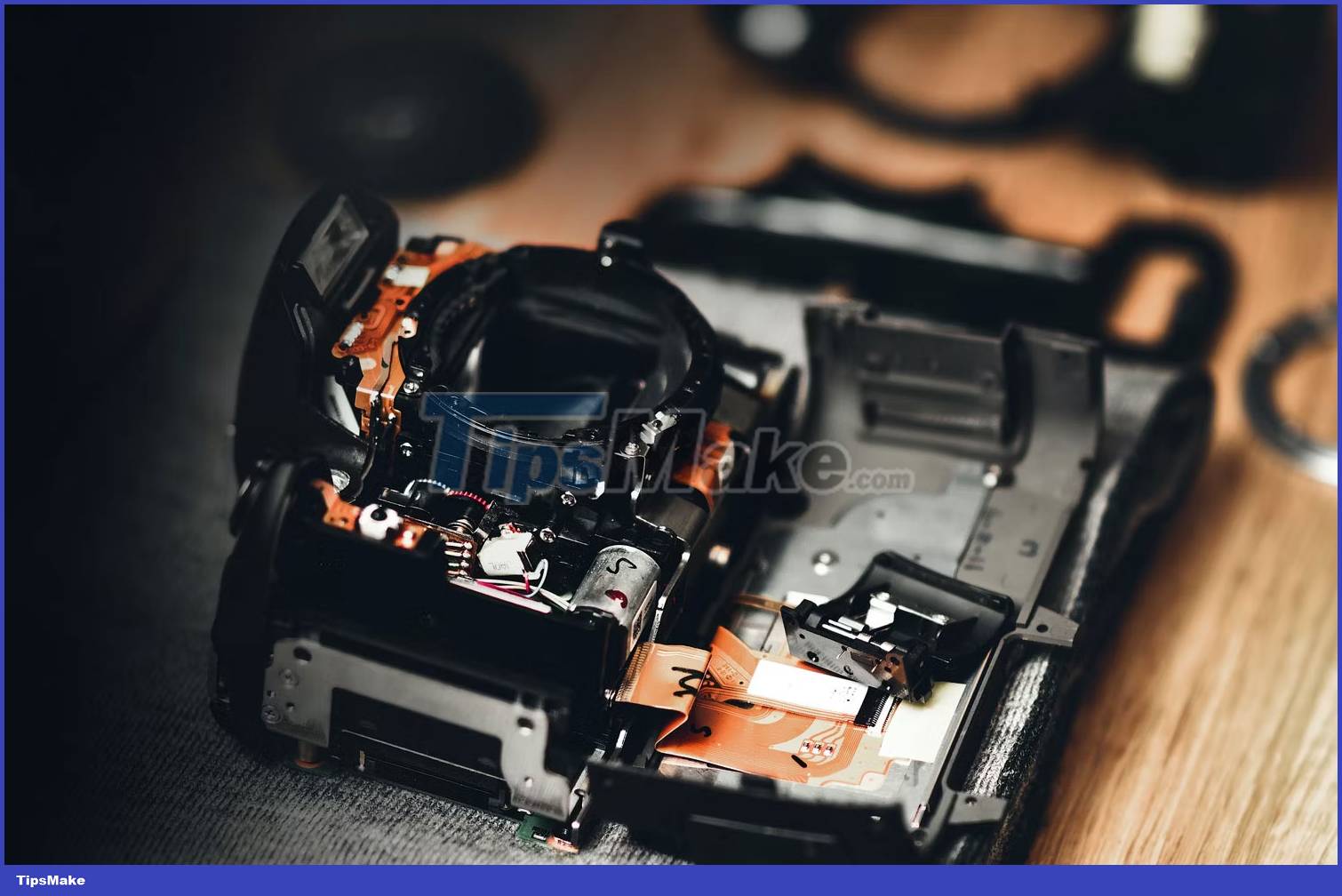
The leading DSLR camera manufacturers, Canon and Nikon, have not released a new DSLR model for a long time. Instead, it's all about mirrorless cameras and lenses.
When new smartphones come with advanced camera features and no improvements take place with DSLRs, it's clear that the trend is completely understandable. Why would you consider buying an outdated DSLR if your latest smartphone can take high-quality photos?
In case you're still interested, you can always buy a used DSLR instead of a brand new one.
Smartphones are equipped with better software and camera sensors
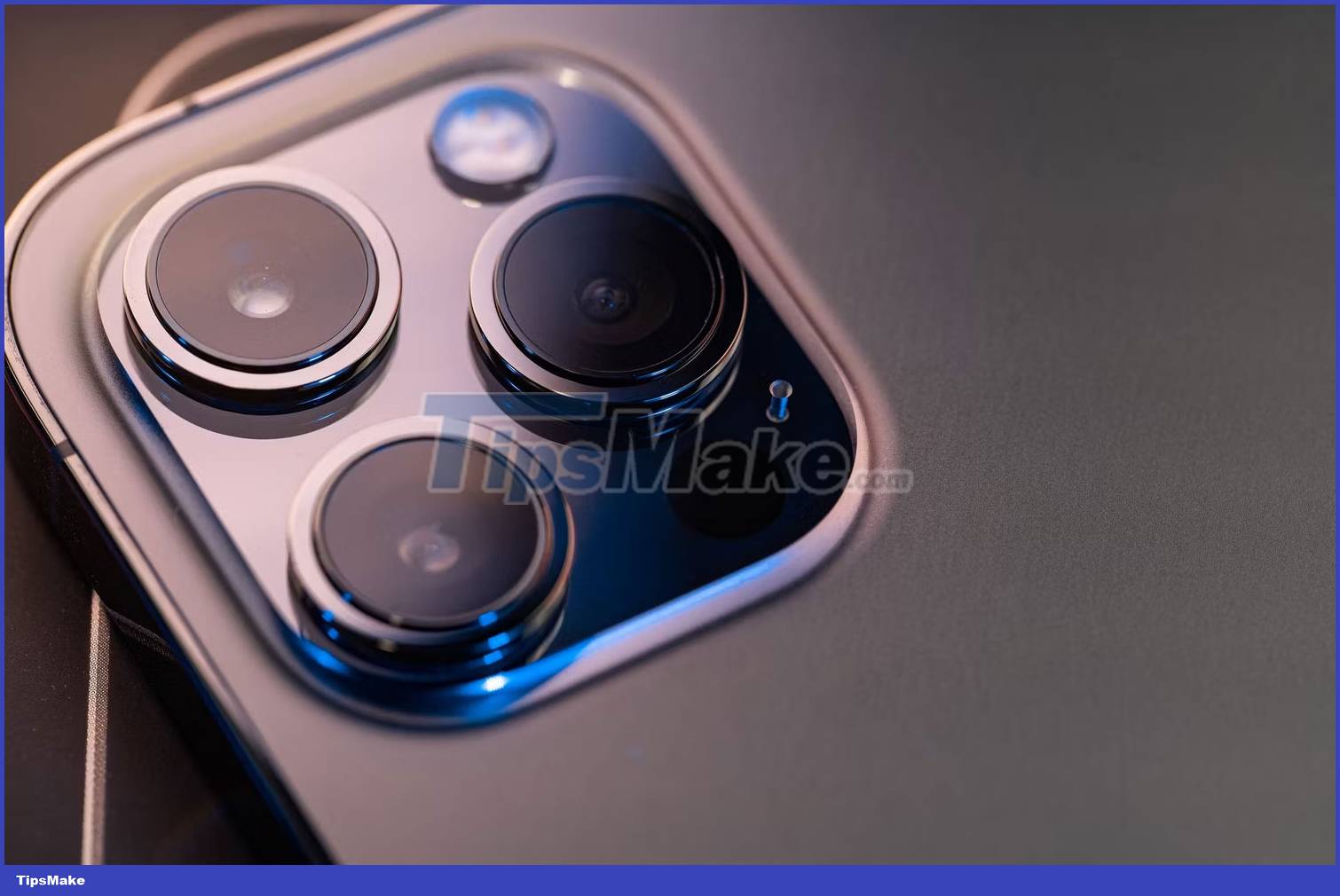
The quality of smartphone photos has leaps and bounds. The latest smartphones produce amazing details and rich colors thanks to advanced sensors and high dynamic range - a far cry from the pixelated images of the 2000s.
If you are a keen photographer, you probably already know that light is very important for high-quality photos. Smartphones take good photos when the light is right. Thanks to the advanced software inside, the smartphone also performs well in complex lighting situations.
Sometimes smartphone cameras perform better than older DSLRs, especially in high-contrast and low-light situations thanks to built-in image stabilization and high dynamic range.
For example, the Samsung Galaxy S21 has an incredible 108MP camera sensor with 10x optical zoom. So, if you own a smartphone with such a large sensor and zoom, you can happily say goodbye to your DSLR.
Bulky and expensive DSLR cameras
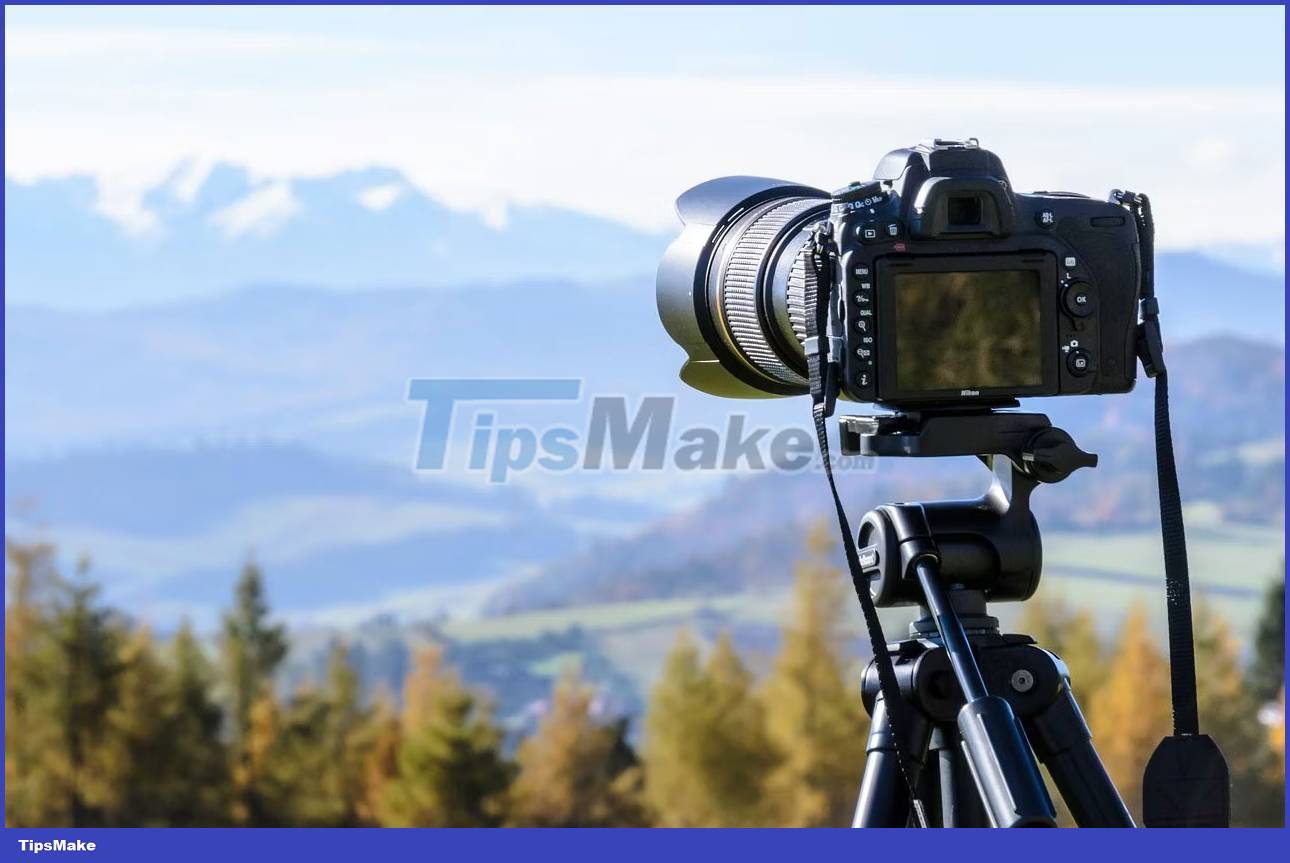
The relatively heavy weight and expensive lenses of DSLR cameras are intended to produce quality images. But if your smartphone can take high-quality photos, there's no reason to carry that "weight" everywhere.
Sure, some specific types of photography like astrophotography may require special equipment, but the average user will prefer his or her handy smartphone camera. Many small business owners also choose smartphones to take photos of products in their e-commerce stores.
Some smartphone cameras specialize in specialized genres of photography such as macro photography and astrophotography. You can also purchase an adapter that connects your smartphone to a microscope or telescope to take pictures.
Smartphones can shoot in manual mode
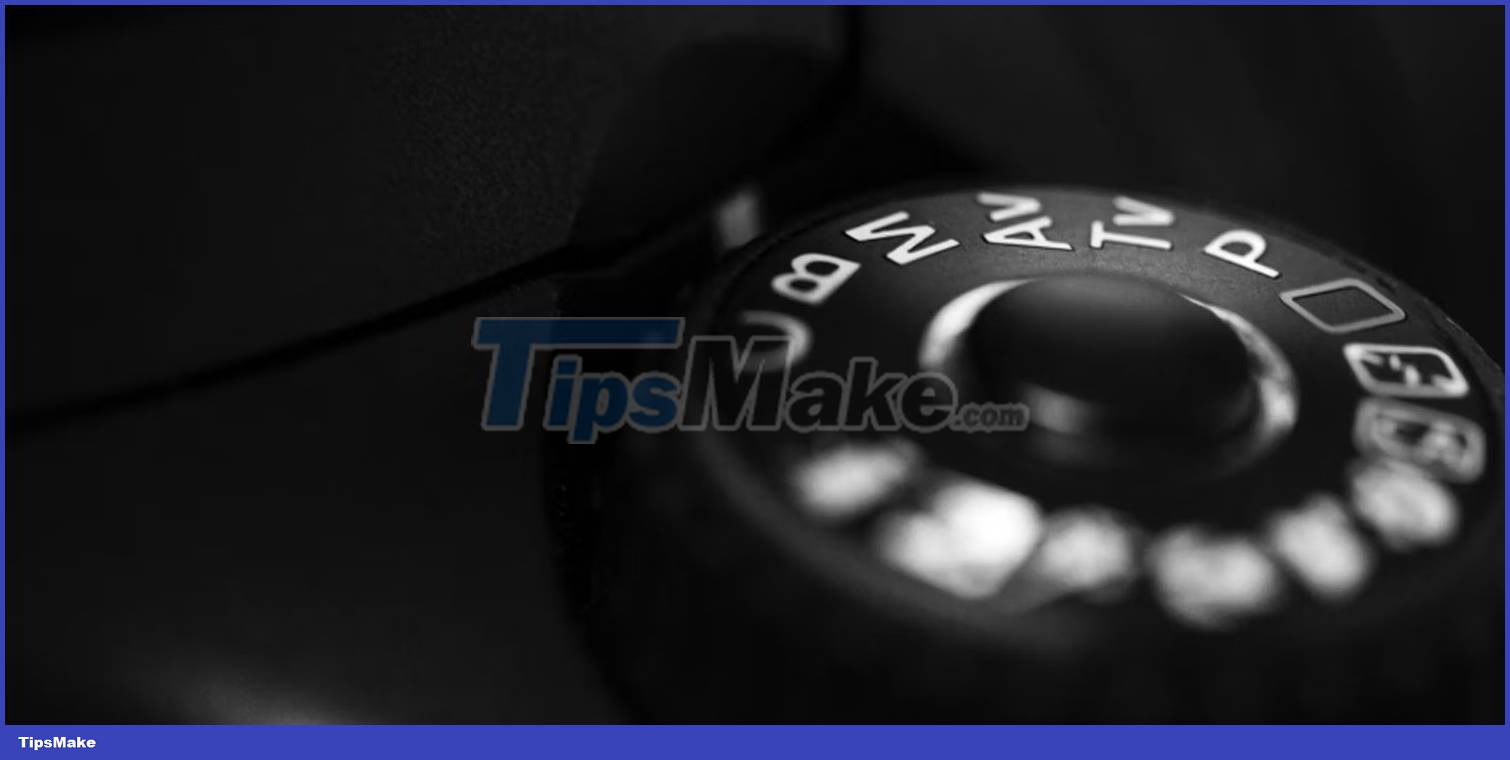
Even as image quality improves with many exciting new features, some photographers want the creative flexibility of shooting in manual mode. Until a few years ago, this was still not possible - you had to have a dedicated camera. But nowadays, many smartphone cameras are already able to shoot in manual mode.
When shooting in manual mode, you can adjust the three main parameters that make up the exposure triangle - aperture, shutter speed, and ISO. In auto mode, the camera selects all three parameters on its own, but you can get different creative effects like motion freeze or bokeh with manual mode.
You can shoot RAW images with your smartphone

Just like manual mode, photographers are obsessed with shooting in RAW. The most common file format for photos is JPEG, a compressed format for easy sharing. With RAW format, you can get all the information that the camera sensor has captured.
You will get more data from RAW files than from JPEG files. So shooting in RAW gives you the flexibility to edit your photos. And today, you can capture RAW images with most smartphone cameras, whether natively or with a third-party app.
Capable of interchangeable lenses for smartphones
One of the most important advantages of a DSLR camera is the ability to change lenses. Lenses are the eyes of the camera - different lenses give different perspectives. Unfortunately, even the most sophisticated smartphone lacks this feature - changing the camera lens is impossible.
However, many smartphones nowadays have two, three or four lenses to provide different viewing angles. In addition, they also have modern software to create different effects. In addition, there are many clip-on lenses for smartphones that you can buy online.
Interestingly, Xiaomi recently unveiled the Xiaomi 12S Ultra Concept smartphone that can support Leica's interchangeable lenses. If this smartphone hits the market and succeeds, it will be a fatal blow to DSLR cameras.
Smartphones are easy to take with you
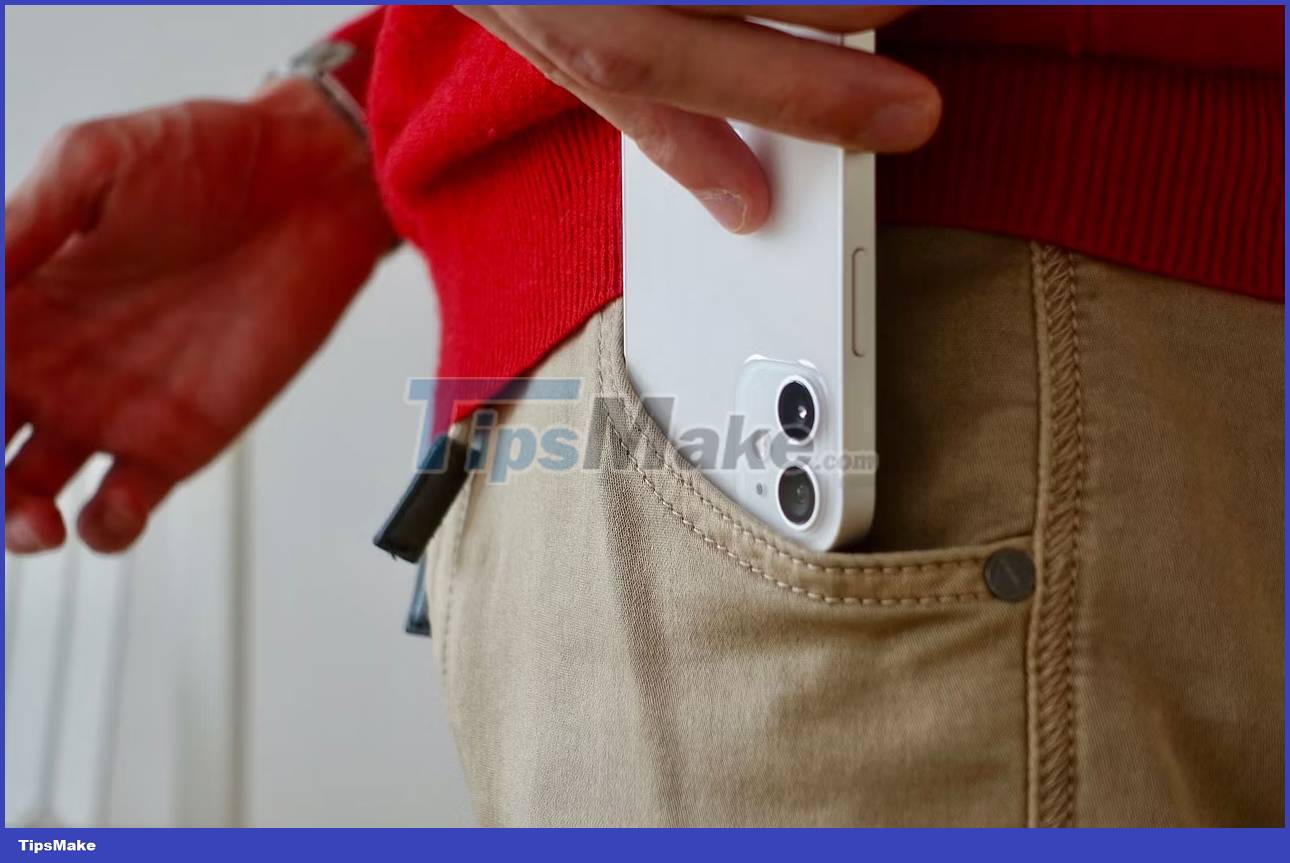
Mobile phone is your constant companion, no matter where you are. And, if it could do everything a DSLR camera does, wouldn't you want to use that bulky device for your photography needs?
Another benefit of using a smartphone camera is to blend in easily with the crowd. When you travel to many different countries, this is a must do. You can still take great photos without attracting attention or carrying around heavy equipment.
DSLR cameras still have their own target audience
No matter how advanced smartphone cameras are, there will always be professionals who love DSLR lenses. Beyond that, a smartphone can't beat the extraordinary battery life of a DSLR or its stunning optical viewfinder. In addition, DSLR cameras can give professionals more creative advantages. Some people also like the ergonomics of a DSLR camera and owning a dedicated camera.
Just like tape recorders and camcorders, there will always be people who love vintage gadgets. So DSLRs will still be around for a while, though not as popular as they once were.
Smartphone cameras are the future
DSLR cameras were once a state-of-the-art photography device. Most of us have owned or wanted to own a camera of this type in the past. But smartphones are gradually dominating the market and that is an inevitable trend.
Do you enjoy documenting your life and travels? Just open the camera app on your phone and start doing things, no need for anything else. So isn't that great?
You should read it
- Differences between two types of DSLR and Mirrorless cameras
- 10 best DSLR cameras in 2020
- Turn Canon DSLRs into webcams for PCs
- Should I use a mount adapter for Mirrorless cameras?
- Even DSLR cameras can be easily attacked by ransomware
- Surveillance camera: Should buy wired or Wi-Fi?
- How to use a DSLR camera as a webcam
- Improve the quality of 4K video recording on iPhone X 'substance' across DSLR cameras
May be interested
- Smartphone with 9 cameras coming soon
 light, a camera company, recently announced that it is developing a smartphone with the back of up to 9 cameras for taking photos.
light, a camera company, recently announced that it is developing a smartphone with the back of up to 9 cameras for taking photos. - Turn Canon DSLRs into webcams for PCs
 if in some situations users have access to a dslr or even powershot from canon, they can use it as a webcam for their computer.
if in some situations users have access to a dslr or even powershot from canon, they can use it as a webcam for their computer. - How to use a DSLR camera as a webcam
 laptop webcams are often not very good quality. a few years ago, monitor-mounted webcams used to cost a lot of money, but made you look like you were in a video game.
laptop webcams are often not very good quality. a few years ago, monitor-mounted webcams used to cost a lot of money, but made you look like you were in a video game. - Even DSLR cameras can be easily attacked by ransomware
 ransomware, also known collectively as ransom data encryption software, has become one of the major security threats to all computer systems worldwide in recent years. .
ransomware, also known collectively as ransom data encryption software, has become one of the major security threats to all computer systems worldwide in recent years. . - Should I use a mount adapter for Mirrorless cameras?
 mirrorless cameras are no longer in the future, they are in the present. if you have just switched from an old dslr, perhaps you have considered buying a lens adapter so you can use the old lens set.
mirrorless cameras are no longer in the future, they are in the present. if you have just switched from an old dslr, perhaps you have considered buying a lens adapter so you can use the old lens set. - LG Velvet completely exposed: screen 'water droplets', 3 cameras, Snapdragon 765G, launched 7/5
 lg's new smartphone will soon be launched with a completely 'makeover' design.
lg's new smartphone will soon be launched with a completely 'makeover' design. - Warning signs you need to change to a new phone
 the cycle of uploading each smartphone's life is different. some people just come out with a new model to buy, some people buy new machines because they feel bored of old machines but also have users come when they fail to buy.
the cycle of uploading each smartphone's life is different. some people just come out with a new model to buy, some people buy new machines because they feel bored of old machines but also have users come when they fail to buy. - Homemade CCTV from the old smartphone
 if you have an unused smartphone, don't let it go to waste. with just a few simple steps below, you can turn them into surveillance cameras for household use.
if you have an unused smartphone, don't let it go to waste. with just a few simple steps below, you can turn them into surveillance cameras for household use. - 4 common errors on camera can be fixed in Lightroom
 there are no perfect cameras or lenses. whether you are using a smartphone or a high-end dslr camera, they all have their own drawbacks and limitations. but it's okay, in this article, we will show you how to fix those disadvantages with lightroom.
there are no perfect cameras or lenses. whether you are using a smartphone or a high-end dslr camera, they all have their own drawbacks and limitations. but it's okay, in this article, we will show you how to fix those disadvantages with lightroom. - Xiaomi designed a new smartphone: 2 selfie cameras at the edge of the bezel
 xiaomi's new smartphone is designed with a selfie camera placed in the upper two corners of the screen.
xiaomi's new smartphone is designed with a selfie camera placed in the upper two corners of the screen.










 What are the benefits of an iPhone with a USB-C port?
What are the benefits of an iPhone with a USB-C port? A series of Samsung Galaxy S23 Ultra users have camera anti-shake errors
A series of Samsung Galaxy S23 Ultra users have camera anti-shake errors How to turn on Dark Mode with Focus on iPhone
How to turn on Dark Mode with Focus on iPhone One UI 5.1 update causes faster battery drain on some Samsung Galaxy models
One UI 5.1 update causes faster battery drain on some Samsung Galaxy models Apple reveals the number of iPhones that have been updated to iOS 16
Apple reveals the number of iPhones that have been updated to iOS 16 11 useful tips for a productive Figma workflow
11 useful tips for a productive Figma workflow